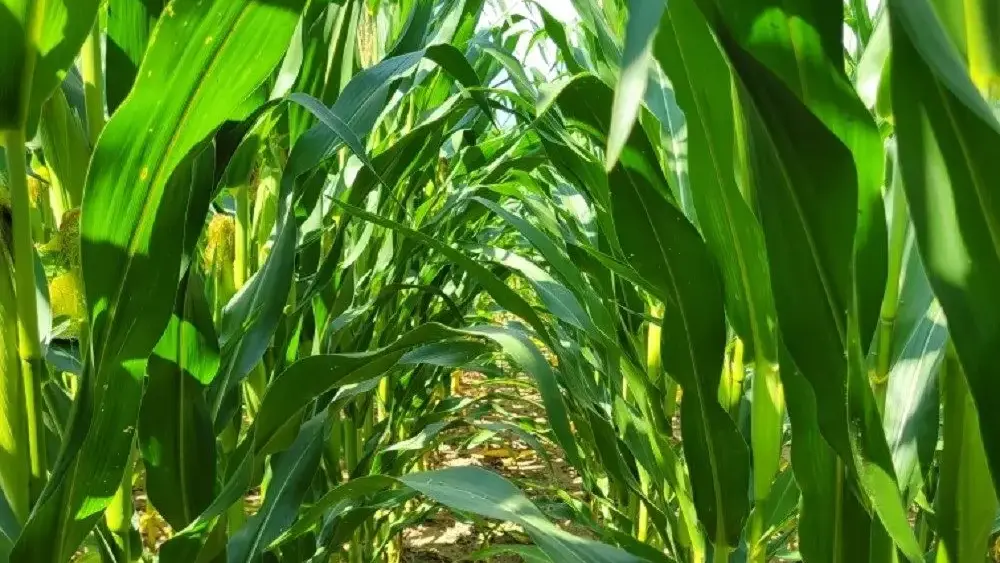Field Crops
Michigan experienced exceptionally dry conditions which allowed for a substantial amount of fieldwork, according to Marlo Johnson, Director of the Great Lakes Regional Office of the National Agricultural Statistics Service. According to Michigan’s Crop Progress Report, there were 6.2 days suitable for fieldwork in Michigan during the week ending May 16, 2021.
Winter wheat condition held fairly steady with a reported 67 percent of the crop rated in good to excellent condition. Despite the dry conditions, the winter wheat crop has shown resiliency and continued progress.
Oat and barley seeding continued as both crops were showing strong emergence.
Sugarbeet planting reached completion. A reported 72 percent of the crop was emerged.
Corn and soybean planting continued at a rapid pace.
Widespread lack of moisture continues to remain the largest concern amongst producers. Temperatures fell below freezing nearly every night last week across a majority of the state, some damage was reported but the full extent is not yet known. Other activities included equipment maintenance, spring tillage, and crop scouting.
Corn
Planted: 70%
Emerged: 16%
Soybeans
Planted: 61%
Emerged: 13%
Wheat
Jointing: 89%
67% G/E
Barley
Planted: 69%
Emerged: 31%
Oats
Planted: 87%
Emerged: 71%
71% G/E
Sugarbeets
Planted: 100%
Emerged: 72%
57% G/E
Fruits
Another week of cold weather had fruit development standing still. The week was punctuated by frost filled early mornings. Cooler days limited pollination activity. There was also very little rain which began to become worrisome. Most areas of the state are currently under a moderate drought.
Tart cherries in the Northwest were just starting to bloom. In the Southwest, some tarts were out of shuck.
Apples in the Northwest had damage to their king and lateral blooms from earlier freeze events but good buds were still dominant. In the Grand Rapids area, mid-season varieties were experiencing a prolonged bloom period. Varieties like Gala and Fuji have had bloom periods lasting more than a week. In the Southwest, apples ranged from petal fall to 5 mm fruit depending upon variety and location.
Peaches in the Southwest were coming out of shuck. Oriental fruit moth catches increased significantly over the past two weeks.
Blueberry bloom in the Southwest began in Berrien County and in areas away from the Lake in Van Buren county. As bloom began, growers turned their attention to applying fungicides to prevent mummy berry infection.
Vegetables
Transplanting of warm-season vegetables was set to intensify, with many growers being ahead of their planting schedules. Many fields were ready for plastic while others had plastic laid and were waiting for planting.
In some areas, peas and sweet corn showed considerable progress while radishes were on their fifth or sixth planting.
Cool weather hindered early asparagus pickings in the West Central region, but harvest activities resumed with warmer temperatures later in the week. In the East, seeding of lettuce began while onions were rooting well. Transplanting on cucumbers, melons, and squash began late in the week.





